As the dust settles for Labour following the loss of the Hartlepool byelection – a seat they’d held since 1964 – the party must sift through the rubble to work out what exactly went wrong. Was it that nobody knows what Keir Starmerstands for? Brexit? The vaccine bump?
What were definitely not responsible for the defeat were deputy leader Angela Rayner’s bovver boots. Or her hoodie. Or her leopard-print trousers. And yet, her sartorial choices were thrust to the front of Labour’s civil war after reports that MP Jim McMahon, who ran the byelection campaign, had complained to the leader’s office that Rayner had been ‘dressed inappropriately’ on a visit to the town. Rayner’s team were said to have ‘hit the roof ’.
While this might seem an unnecessary distraction from a political catastrophe, it doesn’t come as a shock. What female politicians wear is forensically picked over, revealing the rampant gender double-standards that riddle not only politics, but the perception of all women in the public eye.

Because was there really anything wrong with Rayner’s outfit? Whatever you think of it from a personal taste perspective, there is no denying that stompy boots, trousers and a sensible coat are perfectly appropriate choices for a day spent on your feet in the blustery North West. I’d love to see men of power try to navigate the same roster of duties in a pencil skirt and kitten heels.
For Team Rayner there was a class issue at play. According to The Guardian, she has been dismissed as a ‘working-class oik and a bit thick’. Certainly her ‘look’ (although I doubt Rayner would refer to it as such), which includes playful shoes and two ankle tattoos that she’s never felt cowed into concealing, does provide a visual foil to Starmer’s slick North London precision.
But if we require female politicians to adhere to an anonymously formal dress code then, surely, we should demand the same of the men? Apparently not. Boris Johnson’s scruffiness seems only to propel his Teflon cult of personality forward. He wears his crumpled shirts and haywire hair as symbols of a kind of baffled, blokey machismo. Scandal, it turns out, finds an easy hiding place in shambolic style choices.

For women, however, there is often nowhere to hide, especially when you are asking them to conceal all femininity, as if that, by nature, diminishes their clout. MPs Jacqui Smith and Alison McGovern have both been charged with ‘flaunting’ their cleavage, which is another way of saying, ‘having breasts’. Tracy Brabin – newly elected as mayor of West Yorkshire – had the last laugh when she was forced to defend her off-the-shoulder dress that caused uproar last year, auctioning off the £35 ASOS piece for £20,000 in aid of Girlguiding UK.
The relationship between female politicians and clothes is complicated, not least because the rules are ever-changing. Kamala Harris has been celebrated for wearing Converse – a sign that she wants to get on with things, she is ready for action. And yet, when she appeared on the cover of US Vogue wearing them, many deemed it as disrespectful of her status as the first Black woman to be elected Vice President.

What is frustratingly consistent is that when women MPs express any enjoyment of fashion, it unjustly dents their authority. For critics, it is indicative of extravagance. Consider the furore surrounding the £995 Amanda Wakeley trousers Theresa May worefor an interview with The Sunday Times in 2016; never mind that David Cameron’s Savile Row suits could cost over £3,000.
As for the frivolity charges levied at any woman who dares to stray away from grey: I call nonsense. Isn’t fashion, to some degree, innately political? Aren’t the clothes we all wear ways of playing our own spin doctor to the world, communicating messages about who we are and who we want to be? To think that people cannot be fluent in the nuances of social reform and have fun with accessories is to deny the fact that we all contain multitudes. It is possible to know about Gaza and Gucci.
Furthermore, on the political stage, clothes can directly transmit powerful messages. US Democratic congresswoman Alexandria Ocasio-Cortez knows this: she has been spotted with a ‘Bushwick Birkin’ by Telfar Clemens, proving that a Black LGBTQ+ designer – who also happens to be from her NY 14 district – is very welcome in the Capitol, thank you very much.

Consider, too, how the Democratic women of Congress wore white – a symbol of female suffrage – as a powerful and, yes, photogenic sign of united resistance against the Trump administration at 2019’s State of the Union address. Who could really say then that clothes didn’t matter?
Navigating this tricky ground, it’s unsurprising that some women choose an ‘if you can’t beat them, join them’ strategy straight out of the 1980s power dressing playbook. Hillary Clinton’s signature pant suits, for instance, were an attempt at levelling the gender playing field. But this too is fraught with problems; Clinton’s big PR issue was that she could appear cold. In her 2017 memoir, What Happened, she said her uniform became an ‘anti-distraction technique: since there wasn’t much to say... on what I wore, maybe people would focus on what I was saying’. That, it transpires, was wishful thinking. But, she added sanguinely, ‘You can’t please everybody, so you may as well wear what works for you’.

‘Wear what works for you’ is a timely mantra for 2021. The pandemic has muted the relevance of dress codes. In a world where we know we can get our jobs done in track pants, or we’re unafraid to make an obvious effort for what suddenly feels like a novel luxury(a visit to the pub), comfort has acquired a whole new meaning. That doesn’t necessarily mean loungewear – it means finding your own comfort zone.
Because surely, it’s when in our comfort zone that we accomplish the most. It’s when we feel most empowered and have the confidence to empower others. This is the paradox of political clothes: they matter and they don’t. They matter because they uplift us and the people we’ve elected to represent us; they don’t matter, or shouldn’t, to anyone else. Because it’s no one’s business what shoes you’re wearing, so long as they’re carrying you in the right direction – forward.
SEE: Kamala Harris's Wardrobe In Action
 1 of 18
1 of 187 November 2020
 2 of 18
2 of 1827 October 2020
 3 of 18
3 of 1825 October 2020
 4 of 18
4 of 1826 September 2020
 5 of 18
5 of 182 October 2020
 6 of 18
6 of 1815 September 2020
 7 of 18
7 of 1819 August 2020
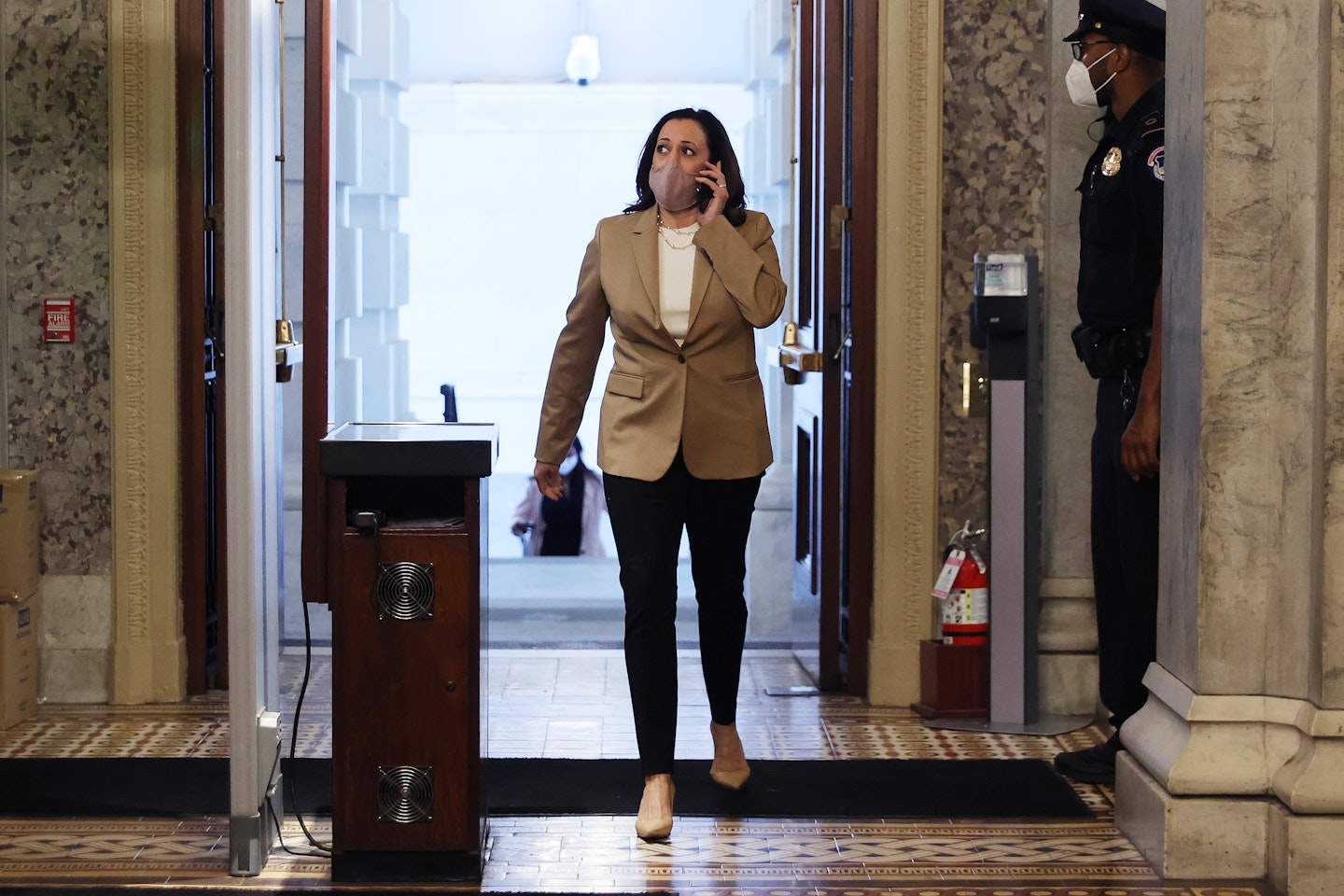 8 of 18
8 of 1818 May 2020
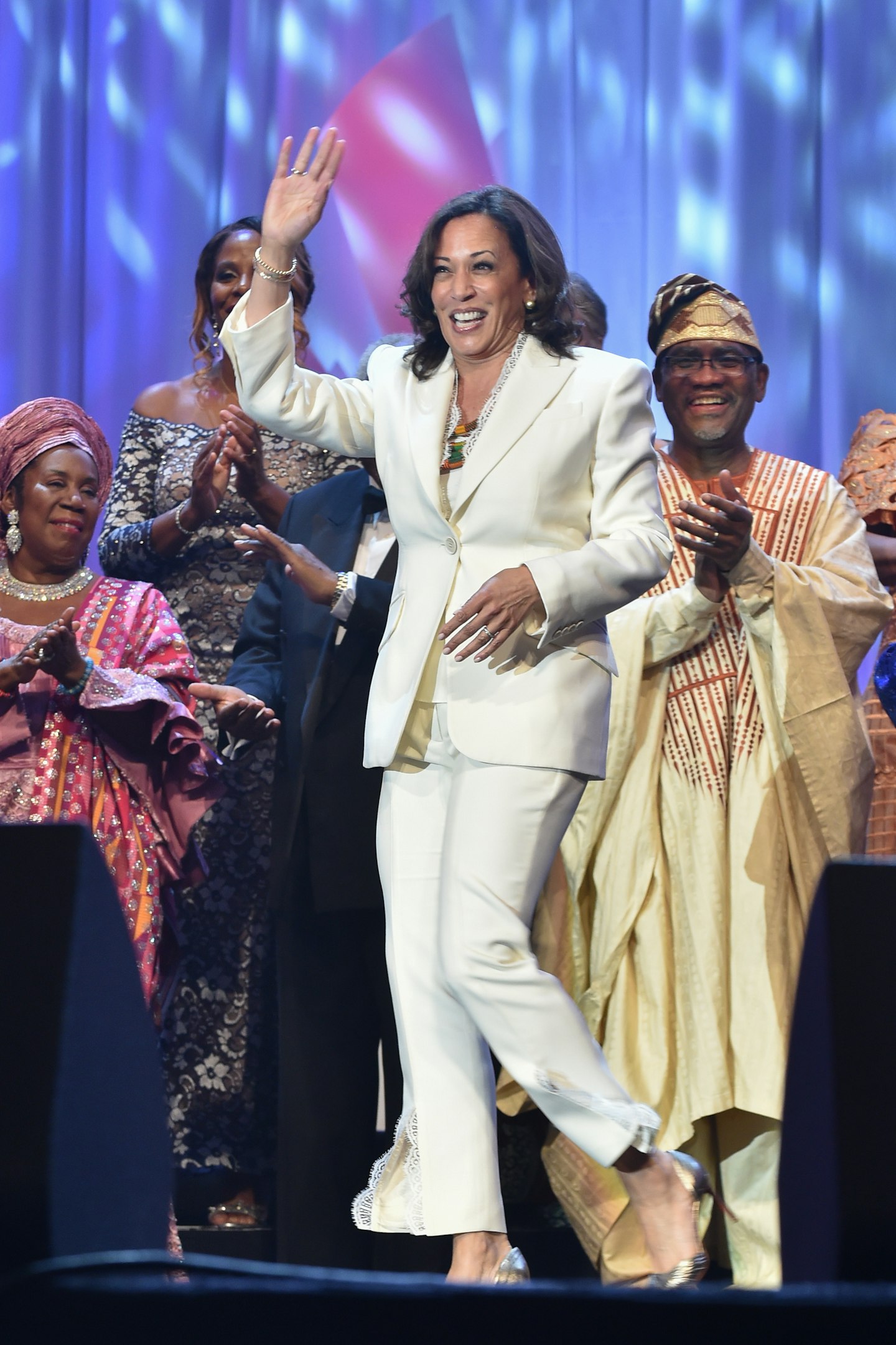 9 of 18
9 of 1814 September 2019
 10 of 18
10 of 1824 July 2019
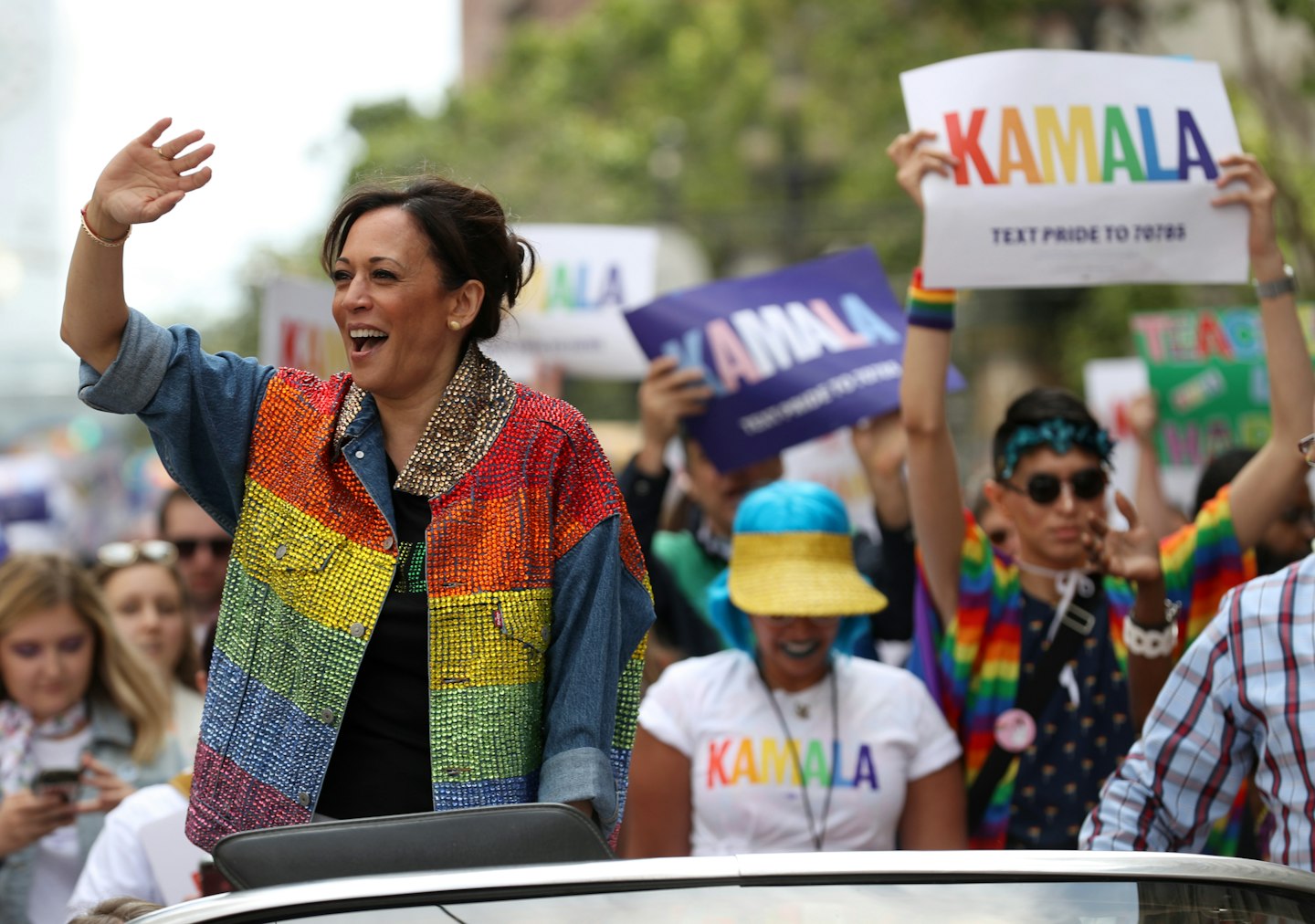 11 of 18
11 of 1830 June 2019
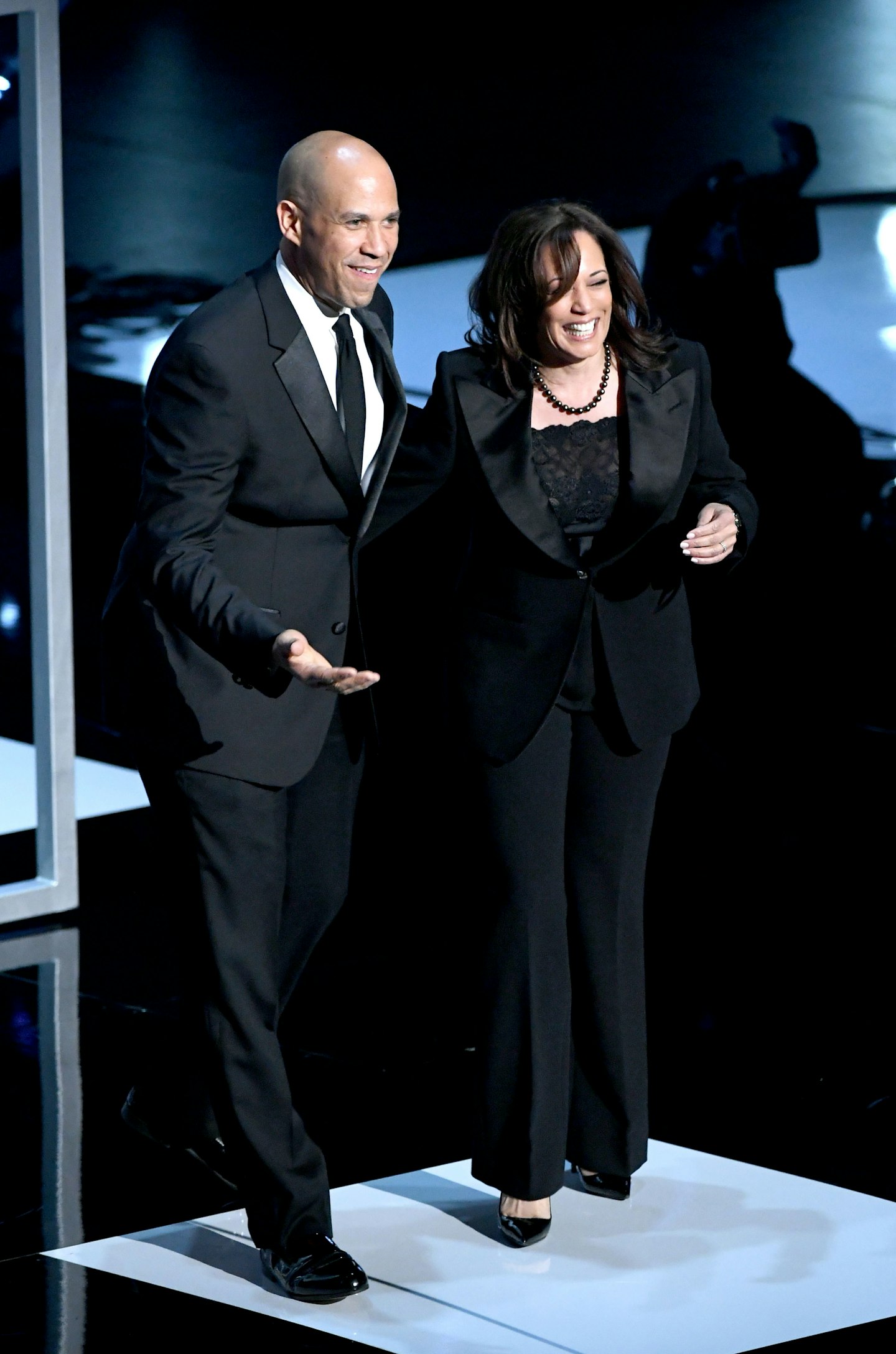 12 of 18
12 of 1830 March 2019
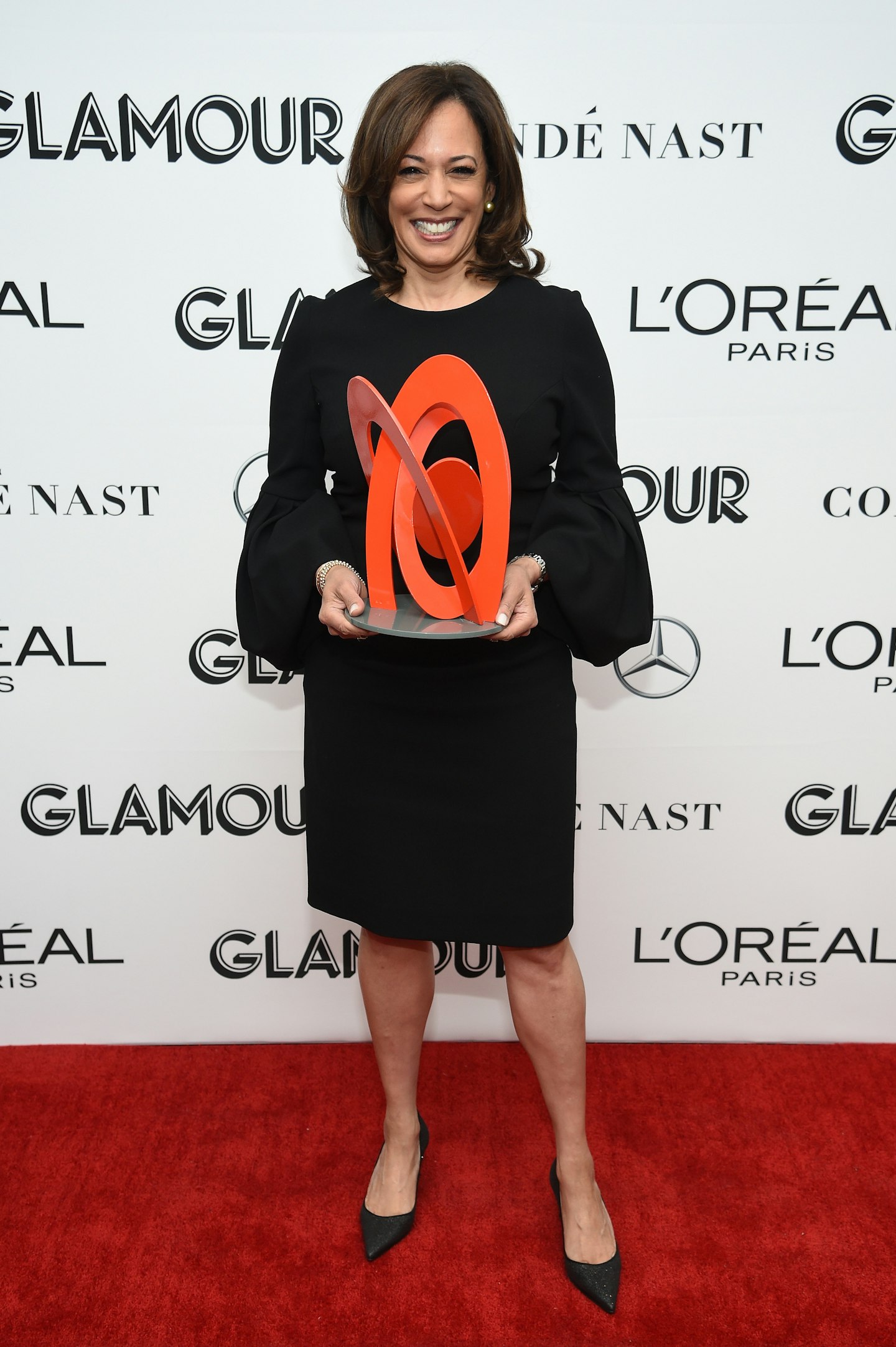 13 of 18
13 of 1812 November 2018
 14 of 18
14 of 1815 September 2018
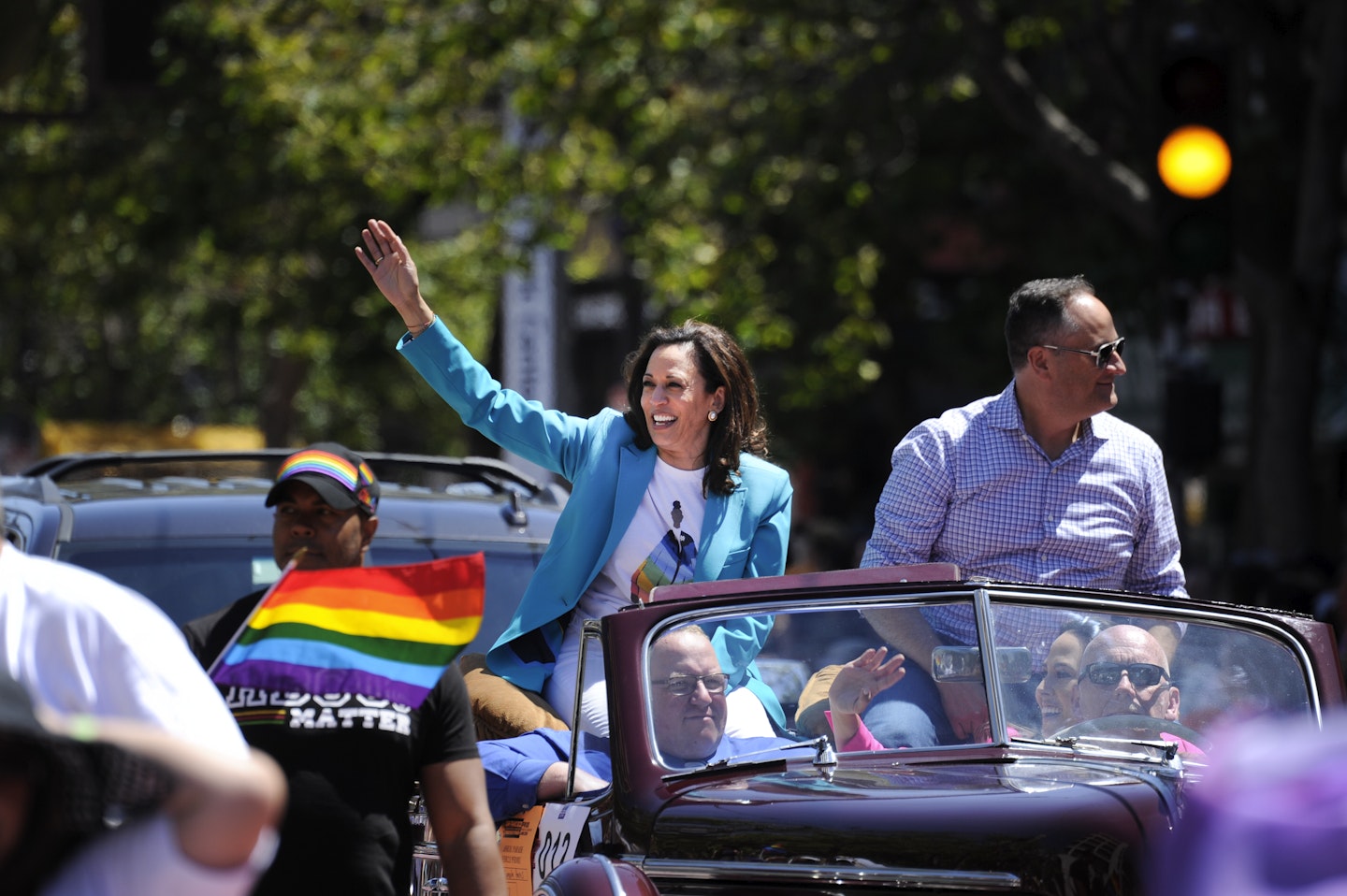 15 of 18
15 of 1824 June 2018
 16 of 18
16 of 1820 July 2017
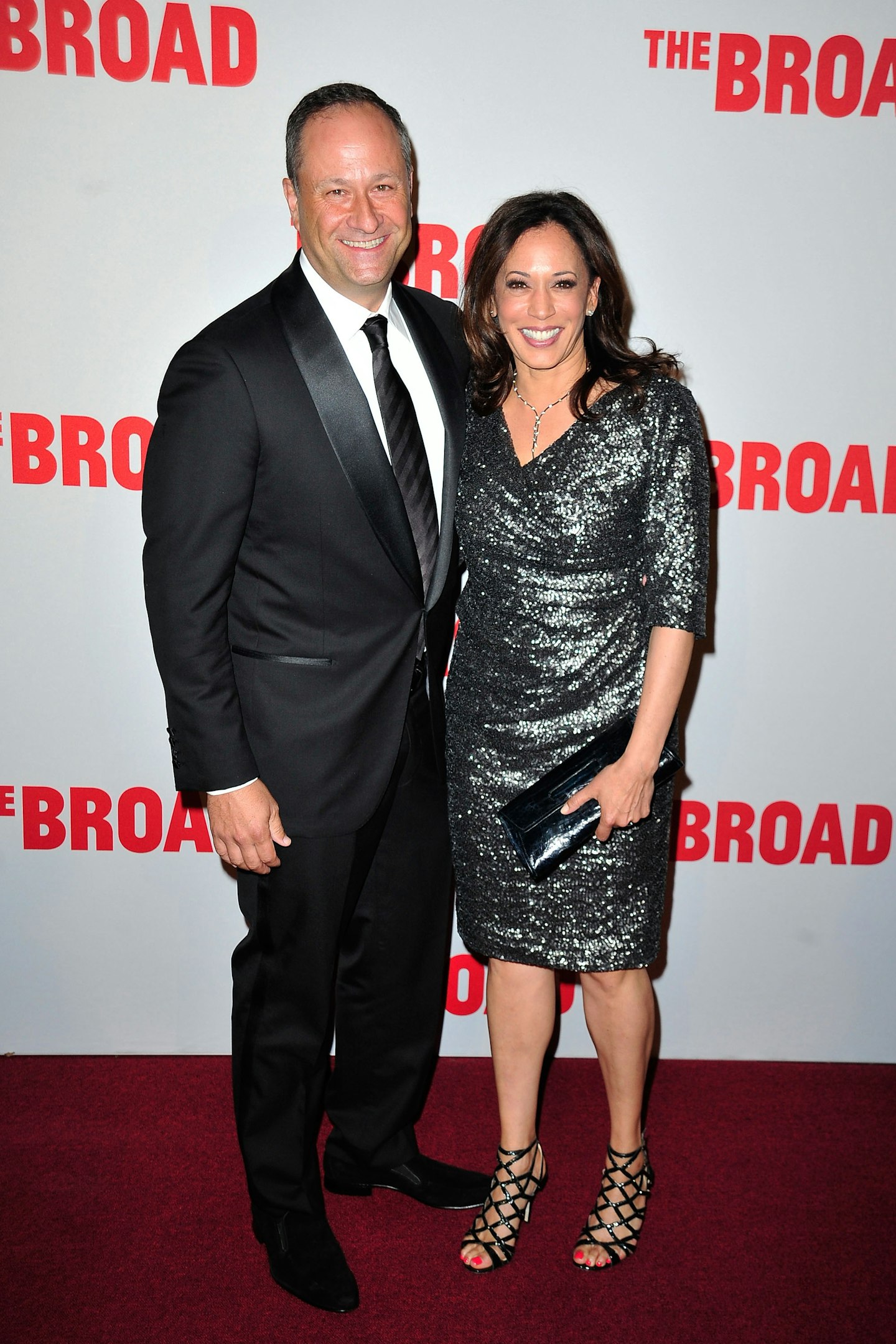 17 of 18
17 of 1817 September 2015
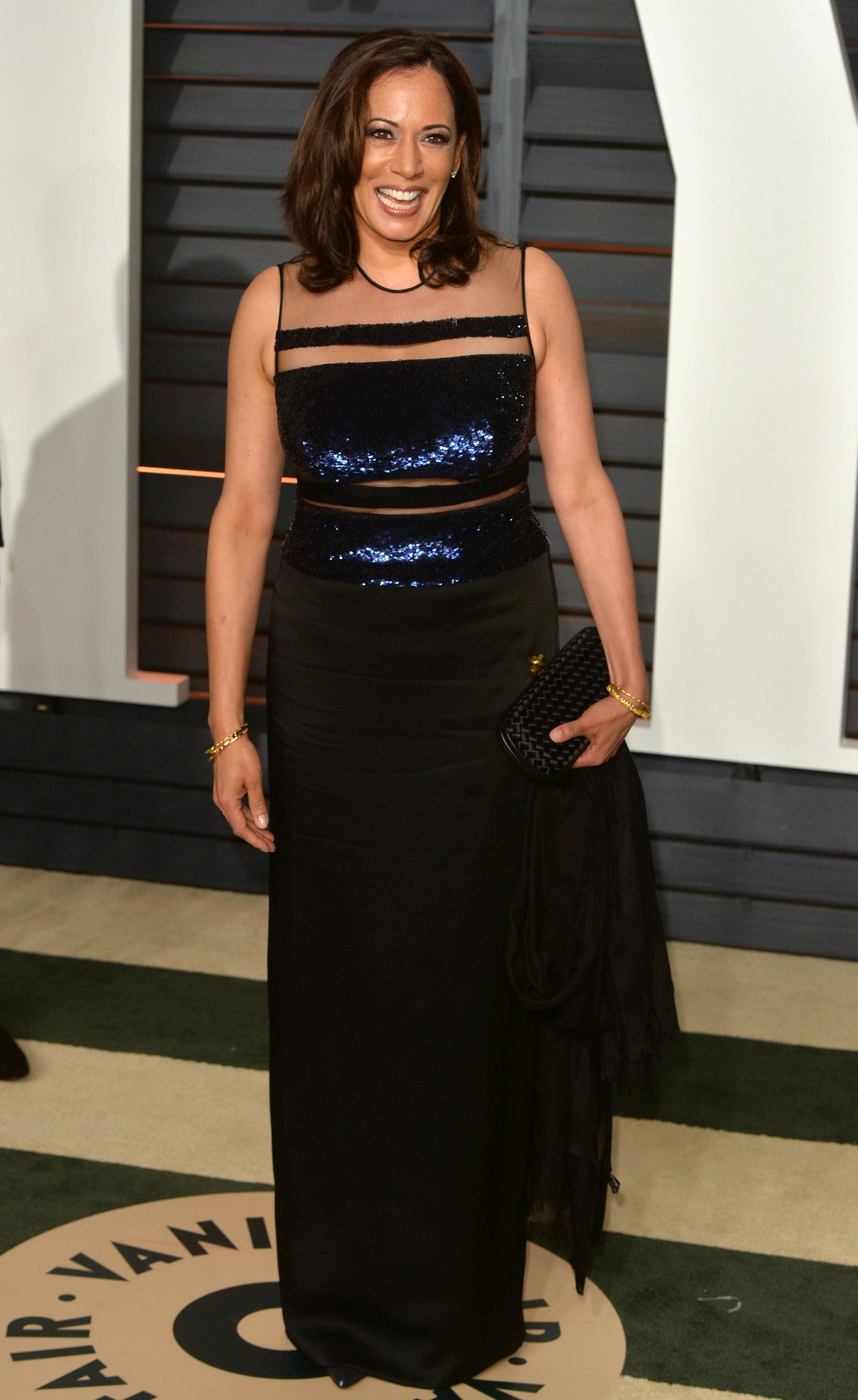 18 of 18
18 of 18